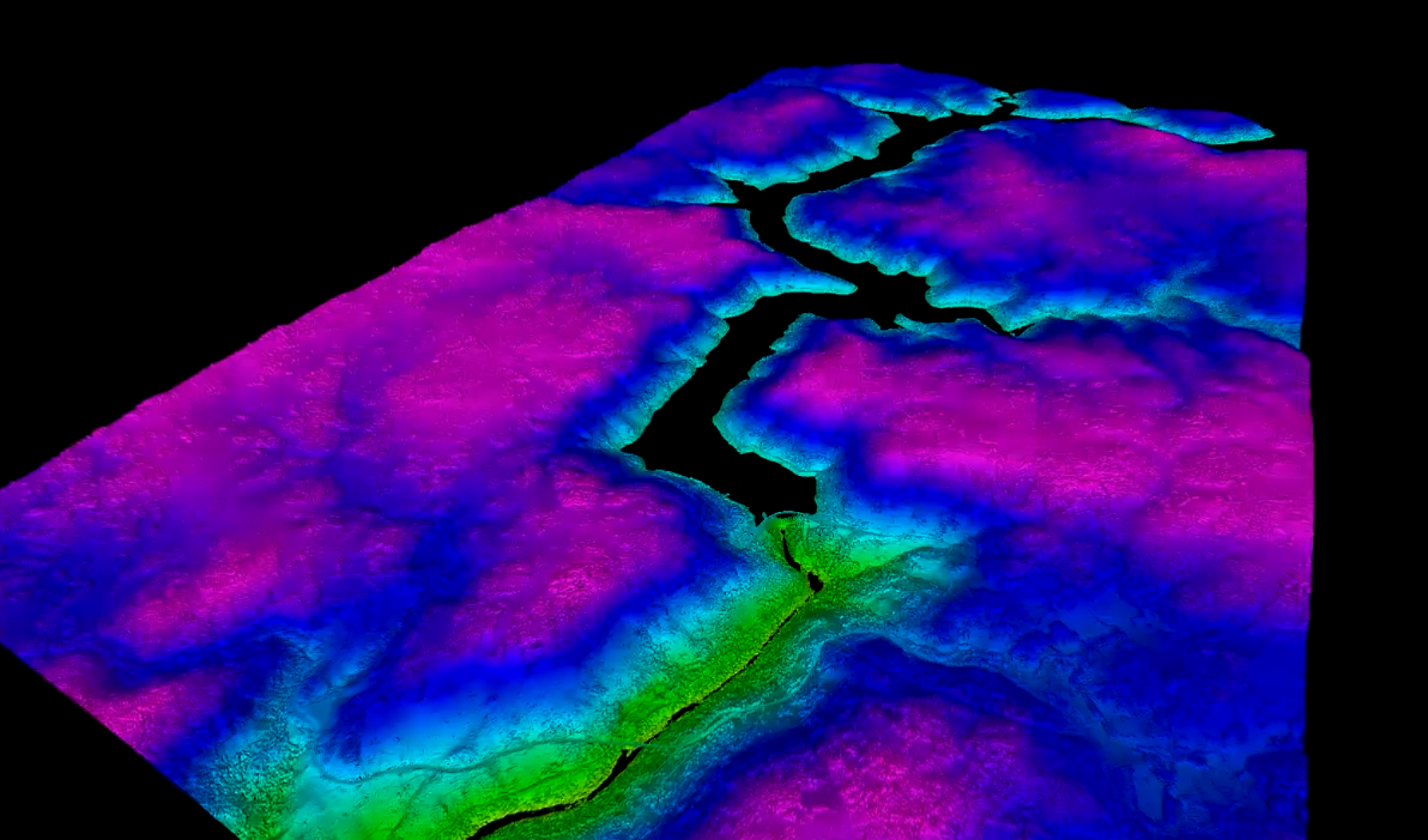Building information modeling (BIM) is an engineering process that uses data to create realistic simulations of structures and their environments. It's useful in many different fields such as transportation, urban planning, and the military. By using data analysis software, professionals can create 3D models that represent their projects accurately. This allows them to make informed decisions when designing projects. In addition, they can verify the results of their designs during construction to prevent accidents. Point clouds proved to be an indispensable tool when developing BIM applications.
The use of point clouds in construction has been on the rise for decades now. Point cloud is a 3D representation of a building and the space shape. These point cloud data are being used to provide an accurate representation of a site and its surroundings. They are used in many different aspects of construction, including design, surveying, and projecting. They are also used to produce 3D models for virtual reality applications. Now, it is easier for contractors to build 3D models of buildings and structures with ease, which can be used to plan out projects before they start work on them.

The point cloud is created by scanning the site using a laser surveying system known as LiDAR or another sensor, capturing the points in 3D space and generating a point cloud. This data is then imported into modeling software which can generate 3D models of buildings or other structures on the scanned site. Nevertheless, point clouds are not just used for modeling; they can also be used to generate 2D drawings that can be sent to builders for use in construction projects, or even to create virtual reality walkthroughs of buildings before they are built. Point cloud technology is an essential tool for BIM (Building Information Modelling). It provides accurate measurements and data about the buildings that can be used by architects and engineers to create accurate designs and plans for buildings.
Construction is a field that is constantly evolving. It is always looking for new ways to improve its processes and make them more efficient. One of the mainstream technologies that construction companies are adopting is point cloud technology. Construction workers can use point clouds to locate parts or objects on construction sites. They provide an accurate and detailed look at the location and extent of construction projects from buildings to underground networks. Each point is a reference point from which distances and coordinates can be calculated. This allows faster construction when everything fits together correctly. It also allows for more precise placement of objects. It can also be used in the construction industry to survey, design, and plan construction projects. Or even in the archaeological preservation field to locate missing artifacts in old ruins.
